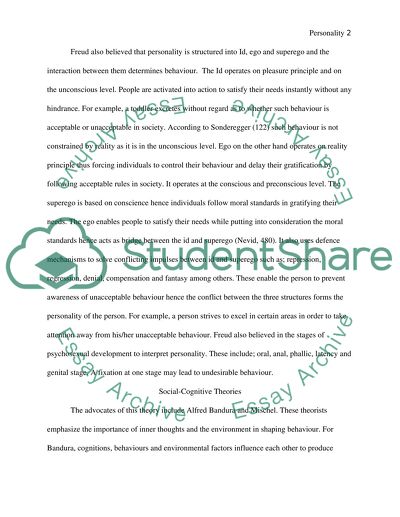Cite this document
(“Psychology Essay on Personality Example | Topics and Well Written Essays - 1000 words”, n.d.)
Retrieved from https://studentshare.org/psychology/1428611-do-psychologists-agree-on-what-is-meant-by
Retrieved from https://studentshare.org/psychology/1428611-do-psychologists-agree-on-what-is-meant-by
(Psychology Essay on Personality Example | Topics and Well Written Essays - 1000 Words)
https://studentshare.org/psychology/1428611-do-psychologists-agree-on-what-is-meant-by.
https://studentshare.org/psychology/1428611-do-psychologists-agree-on-what-is-meant-by.
“Psychology Essay on Personality Example | Topics and Well Written Essays - 1000 Words”, n.d. https://studentshare.org/psychology/1428611-do-psychologists-agree-on-what-is-meant-by.


